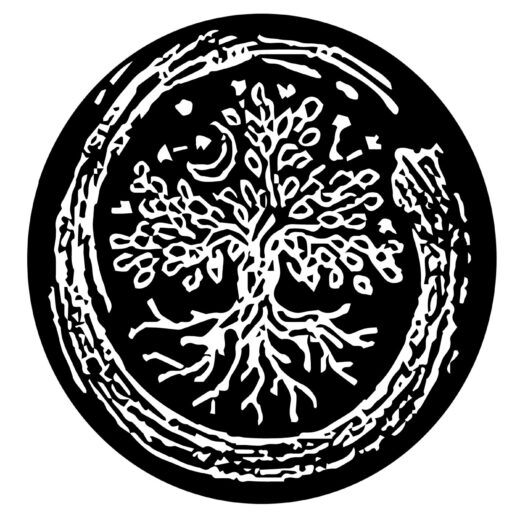
Welcome, dear readers to a very special edition of The ABC’s of Vibrantly!
This tool can be used whenever a stressful topic arises in conversation. Just like tilling the soil (whether you are a human or an earthworm), it is important to create a strong foundation for conversations and infuse things with fresh oxygen so they don’t stagnate. Tilling our conversations with the TLLR tool helps keep things nourishing and replenishing by slowing things down, and helping create a sense of team-work, even around negotiating the container for a conversation topic.
Simply let your conversation partner know that you’d like to try out this tool by saying, “this is a tool that helps me to feel supported, and that’s why I want you to do it with me, want to give it a try?” Phrasing this in such a way is important first, to establish an agreement around trying it, and to take a second to consciously co-create the container you wish to have with your conversation partners, team-mates, friends, and/or loved ones.
Then, take a step back from the stressful topic to follow these 4 steps:
Table it! Does the stressful topic have to happen right now?
Some topics can wait for a time when you or your partner feel more resourced. If the topic can wait, table it. To table a topic, means to write it down somewhere and return to it later. Choosing to table topics when they get stressful builds trust with your partner. It shows that you care about them feeling good and that you don’t want to push topics that make them feel stressed, especially if there is an option to return to it when it feels better and less charged. It also shows your partner that you’d rather wait to have a more constructive conversation. Over time this helps to strengthen our emotional quotient (EQ), which is important because high emotional intelligence lets us constructively be aware of the emotional tools to transform our relationship into what we want.
Label it! Give the topic a cute or humorous name, if possible.
We like to call these stressful topics “layer cakes” because they tend to have many layers. For example, if the topic is about having children, we might call it the “Having Children Layer Cake”. It’s a bonus that it’s fun to say “I’m tabling this layer cake” because it sounds so silly and it brings up imagery of a cake sitting on a table. It can really diffuse the situation. By naming the layer cake with a cute name to address the topic, we’re able to help each other feel like we absolutely do want to understand the stress, and that we can wait until we’re feeling resourced and able to self-support, in order to show up for each other. It is totally possible to have a discussion that feels good, without all or much of the stress, while tackling difficult topics. By returning to the topic in bite sized chunks it is possible to get a much better understanding of the problem space.
This helps our mind/body so that it doesn’t have to hold on to the stress so tightly. Ideally we would do this on an ongoing list of layer cakes that you (and/or your conversation partner) can track. You can then revisit the list with each other at a later date. It can be quite fun to realize together how many topics you can overcome when you’re feeling good.
Revisit it! The last step of the process is to eventually return to the topic.
A great place to start this one, depending on the topic, would be to pick a date about 3 weeks out, and mention that maybe you both could revisit the topic or your list of layer cakes on that date, if it seems fun/constructive at that time. Three weeks can be a helpful time frame because it’s not so soon that we might feel overburdened with emotional labor, but it’s also far enough in the future to allow for some positive interactions in the meantime.

When we revisit the difficult topics with each other, and we’re feeling more resourced and supportive of each other’s experience, it builds understanding of what support looks like and feels like into the relationship. And it doesn’t have to be all at once. Having a list of topics to go through can help bring up feelings of playfulness, by making a game out of choosing which topic might be fun to visit. We don’t need to go into every one of them and it can be fun to realize how easy it is to table all of them again if they’re too difficult.
Revisiting the list is a great way of identifying and picking out just the low hanging fruit. Eventually, you’ll get a lot better at reaching the high hanging fruit too!
This concludes the TLLR Tool! We would love to hear, how this is working for you? Or, what strategies have you come up with for your own group or partnership? Leave your comments below or email us at thewayofvibrantly@gmail.com
Until next time, this has been another lovingly-curated edition of The ABC’s of Compassionate Dialogue!
-Team 道 Vibrantly
https://www.thewayofvibrantly.org






